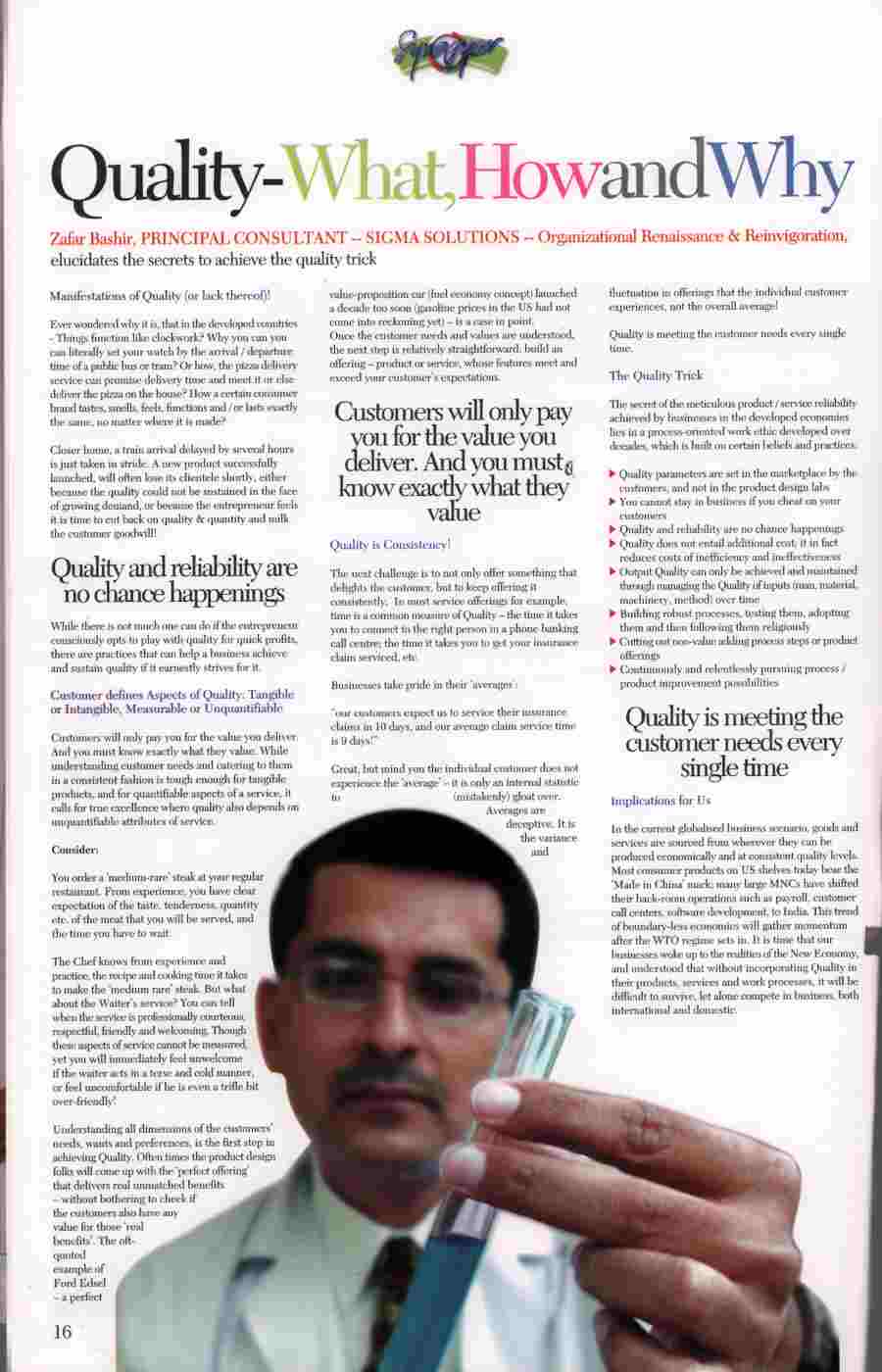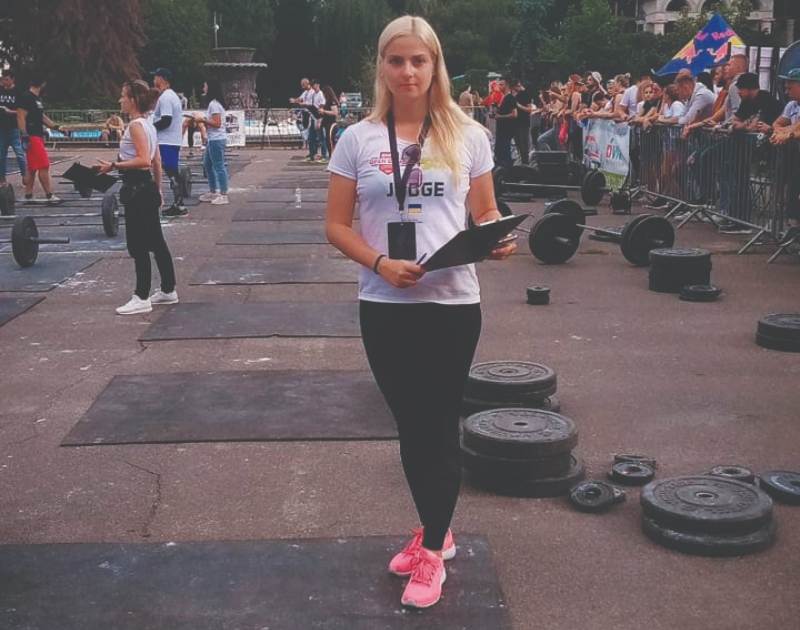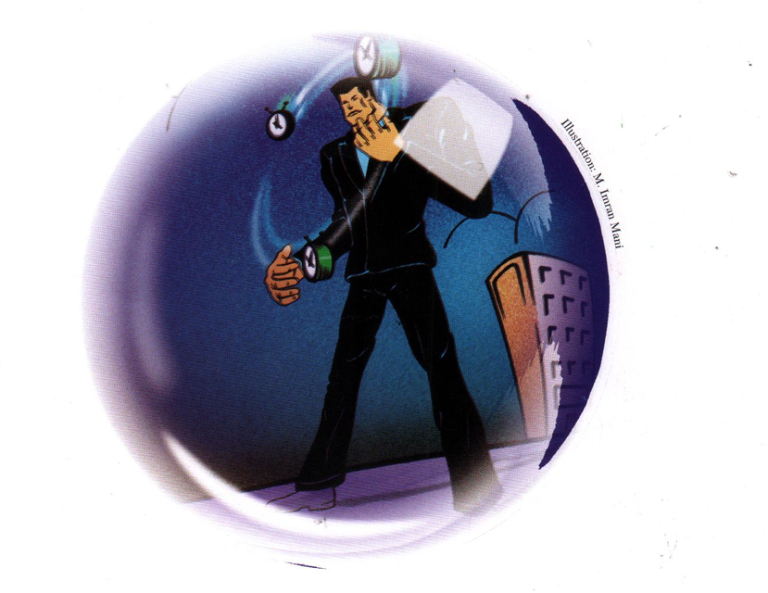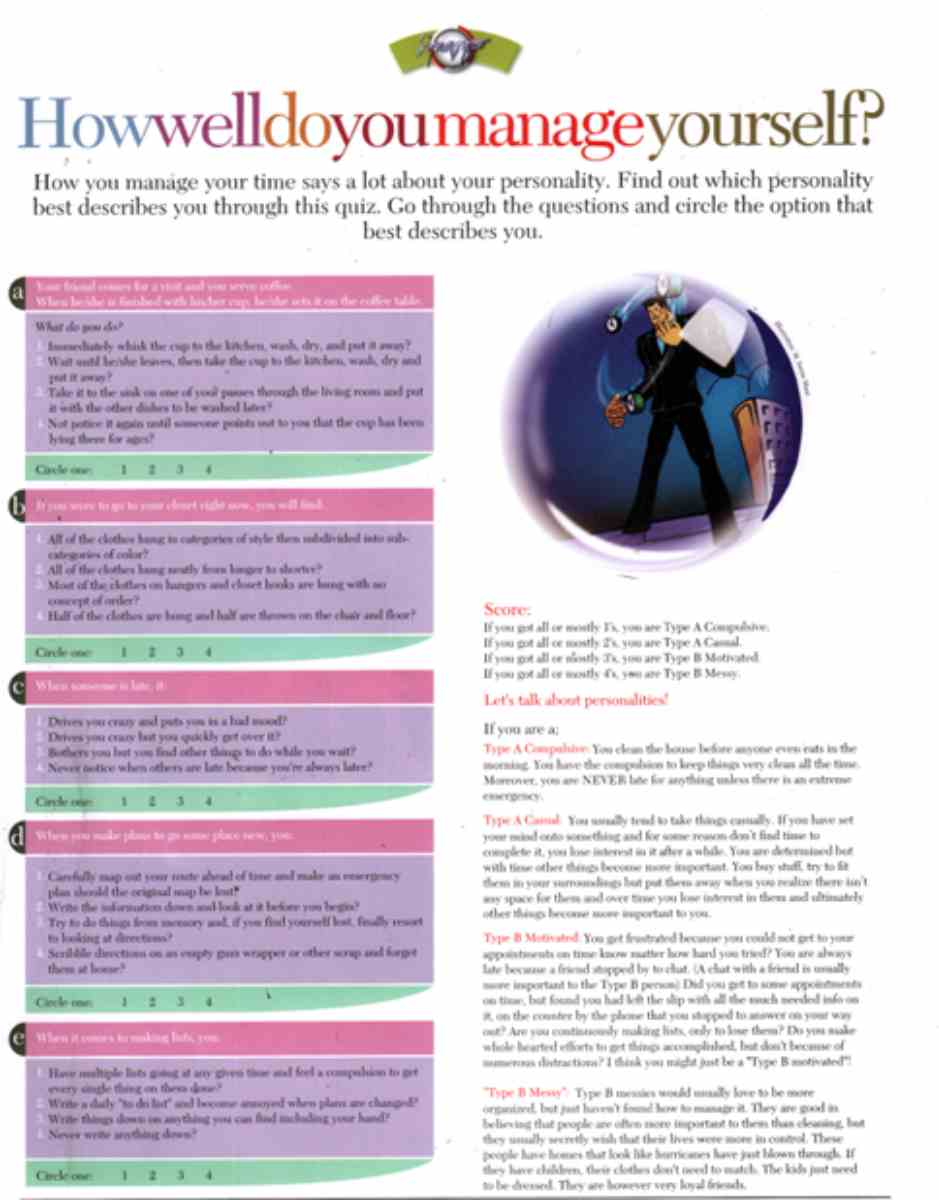Backlog Brilliance is a segment that takes you back in time—to the Synergyzer of Yesteryear. This particular piece is from 2004, the first issue of that year – written by Zafar Bashir.
Zafar Bashir, PRINCIPAL CONSULTANT – SIGMA SOLUTIONS –
Organisational Renaissance & Reinvigoration, elucidates the secrets to achieve the quality trick.
Manifestations of Quality (or lack thereof)!
Ever wondered why it is, that in the developed countries – Things function like clockwork? Why you can you can literally set your watch by the arrival/departure time of a public bus or tram? Or how, the pizza delivery service can promise delivery time and meet it or else deliver the pizza on the house? How a certain consumer brand tastes, smells, feels, functions and/or lasts exactly the same, no matter where it is made?
Closer home, a train arrival delayed by several hours is just taken in stride. A new product successfully launched will often lose its clientele shortly, either because the quality could not be sustained in the face of growing demand or because the entrepreneur feels it is time to cut back on quality & quantity and milk the customer goodwill!
Quality and Reliability are No Chance Happenings
While there is not much one can do if the entrepreneur consciously opts to play with quality for quick profits, there are practices that can help a business achieve and sustain quality if it earnestly strives for it.
Customer defines Aspects of Quality: Tangible or Intangible, Measurable or Unquantifiable
Customers will only pay you for the value you deliver. And you must know exactly what they value. While understanding customer needs and catering to them in a consistent fashion is tough enough for tangible products, and for quantifiable aspects of a service, it calls for true excellence where quality also depends on unquantifiable attributes of service.
Consider:
You order a medium-rare steak at your regular restaurant. From experience, you have clear expectations of the taste, tenderness, quantity etc. of the meat that you will be served and the time you have to wait.
The Chef knows from experience and businesses woke up to the realities of the New Economy, practice, the recipe and cooking time it takes and understood that without incorporating Quality in to make the ‘medium rare’ steak. But what about the Waiter’s service? You can tell when the service is professionally courteous, respectful, friendly and welcoming. Though these aspects of service cannot be measured, you will immediately feel unwelcome if the waiter acts in a terse and cold manner, or feel uncomfortable if he is even a trifle bit over-friendly!
Understanding all dimensions of the customers’ needs, wants, and preferences is the first step in achieving Quality. Oftentimes, the product design folks will come up with the ‘perfect offering’ that delivers real unmatched benefits
– without bothering to check if the customers also have any value for those real
benefits. The oft-quoted example of Ford Edsel – a perfect value-proposition car (fuel economy concept) launched a decade too soon (gasoline prices in the US had not come into reckoning yet) – is a case in point.
Once the customer needs and values are understood, the next step is relatively straightforward: build an offering – a product or service whose features meet and exceed your customer’s expectations.
Quality is Consistency!
The next challenge is to not only offer something that delights the customer but to keep offering it consistently. In most service offerings, for example, time is a common measure of Quality – the time it takes you to connect to the right person in a phone banking call centre, the time it takes you to get your insurance claim serviced, etc.
Businesses take pride in their ‘averages’:
“Our customers expect us to service their insurance claims in 10 days, and our average claim service time is 9 days!”
Great, but mind you, the individual customer does not experience the ‘average’ – it is only an internal statistic to (mistakenly) gloat over. Averages are deceptive. It is the variance and fluctuation in offerings that the individual customer experiences, not the overall average!
Quality is meeting the customers’ needs every single time.
The Quality Trick
The secret of the meticulous product/service reliability achieved by businesses in the developed economies lies in a process-oriented work ethic developed over decades, which is built on certain beliefs and practices:
• Quality parameters are set in the marketplace by the customers, not in the product design labs
• You cannot stay in business if you cheat your customers
• Quality and reliability are no chance happenings
• Quality does not entail additional cost; it, in fact, reduces costs of inefficiency and ineffectiveness
• Output Quality can only be achieved and maintained through managing the Quality of inputs (man, material, machinery, method) over time
• Building robust processes, testing them, adopting them and then following them religiously
• Cutting out non-value-adding process steps or product offerings
• Continuously and relentlessly pursuing process/product improvement possibilities
Implications for Us
In the current globalised business scenario, goods and services are sourced from wherever they can be produced economically and at consistent quality levels.
Most consumer products on US shelves today bear the ‘Made in China’ mark; many large MNCs have shifted their back-room operations such as payroll, customer call centers, software development, to India. This trend of boundary-less economies will gather momentum after the WTO regime sets in. It is time that our businesses woke up to the realities of the New Economy, and understood that without incorporating Quality in their products, services and work processes, it will be difficult to survive, let alone compete in business, both international and domestic.












